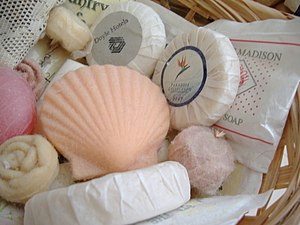First, food service disappeared. Then, a charge for pillows and baggage appeared. And one for window and aisle seats and those with extra legroom. Now some airlines are charging a fee for seat selection.
Will a restroom fee be next?
While travelling in South Africa, on each of our South African Airways flights – Johannesburg to Victoria Falls to Cape Town to Durban to Johannesburg – meals were served.
On the shortest leg, Durban to Johannesburg, which lasted about an hour, we had lunch – a choice of a chicken or beef sandwich. I was shocked that we were even offered something to eat, then very pleasantly surprised because it was delicious. So delicious – and I don’t throw words like that around lightly – that I ate the whole thing.
And, oh, they also served wine. When the flight attendants came down the aisle with beverage trays, I expected sodas but then I noticed wine. Curious, I watched as a few rows before ours, the flight attendant stretched a hand to pass the bottle of wine but no money was passed back. I watched again, just in case I missed the exchange. Nothing. No money changed hands. It was a nice surprise.
Now, the argument can be made that since South Africa is a wine producing country, wines would be plentiful and inexpensive. And they are but there’s still a cost associated with its purchase. So why isn’t SAA charging for beverage service?
Food is plentiful and cheap in the U.S., but American airlines charge for snacks. If the argument is that they needed to make money, they could have kept the (hot) meal service and charged us for it. Better yet, they could have included it in the ticket price. I hate pretzels and chips – they just fill your stomach with air and empty calories.
On both our KLM flights – New York to Amsterdam to Johannesburg, we were served sumptuous and appetizing meals that were artfully packaged. (I wish I had some photos!) And the flight attendants were friendly and attentive and generally a fun bunch that, especially on the Amsterdam to Johannesburg leg, made the long flight pleasant.
Delta, the carrier we flew back to the States on, did serve us dinner and breakfast. It would have been criminal to fly 17 hours straight without food!
So tell me again, why do so many US carriers – and all the international airlines that follow suit – offer what appear to be rock bottom prices if they can’t make a profit?
Did they do some psychological or behavioral study that shows that we gravitate towards lower prices, adopt it as a business model (and a way to attract more travelers) and now cannot sustain it without going bankrupt?
There needs to be a revisiting of the airline fee structure. Either charge me everything up front (the fair price) or don’t charge me at all.
I don’t know what infuriates me more – the nickel and diming, or that I feel so powerless to stop it.
I guess we’ll all cry ENOUGH when they start charging us to use the restrooms!
Please leave a comment and share this post with someone who would like it.


















































